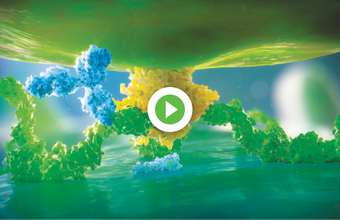Activity among classes1
- TROGARZO® is active against HIV‑1 strains resistant to other approved ARVs
- There is no evidence of cross‑resistance between TROGARZO® and any of the approved classes of ARVs (NRTI, NNRTI, PI, INSTI, CCR5 antagonist, fusion inhibitor, entry inhibitor, capsid inhibitor)





